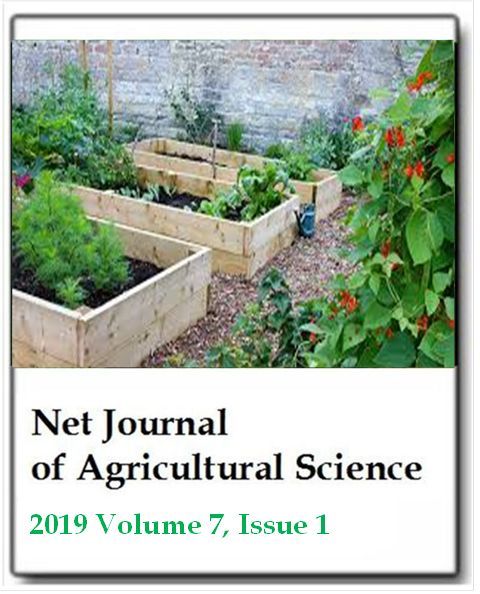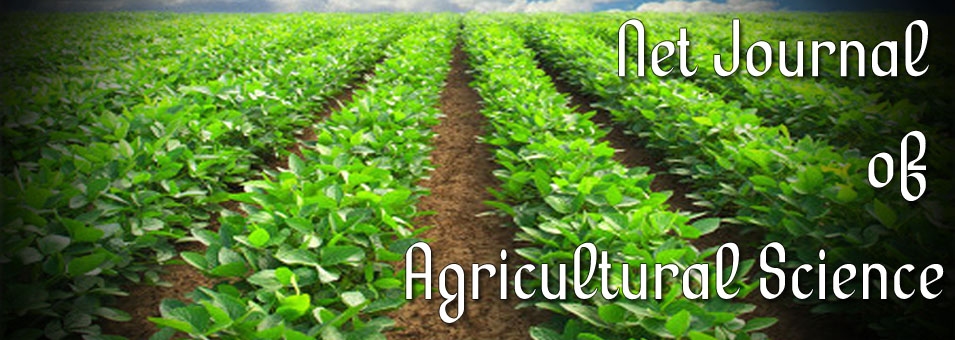Spectroscopic and chemical analysis of burnt earth under Amazonian homegarden systems and anthropic Amazonian dark soils
Newton P. S. Falcão, Eluise S. Lopes, Erlon H. M. Ferreira, Danielle M. Oliveira, Braulio S. Archanjo, Carlos A. Achete and Joyce R. AraujoNet Journal of Agricultural Science
Published: January 5 2019
Volume 7, Issue 1
Pages 1-12
DOl: https://doi.org/10.30918/NJAS.71.18.029
Abstract
The practice of burning organic residues is locally known, in Amazon basin, as burnt earth (Terra Queimada). Among burnt earth soils, there are differences on their origins, as earth soils from Oxisol and Ultisol soil profiles. To understand the main physical and chemical attributes responsible for the improvement of the fertility of these soils, spectroscopic and elemental analyses were performed at four different sites: three in an Oxisol profile and one in an Ultisol profile, both collected in Amazonas State, Brazil. The burnt earth soil exhibited improved fertility indices compared with a sample from Yellow Oxisol within a secondary forest profile. The major differences were a higher pH value and increased C, N, available P, exchangeable Ca, Mg and K contents. An anthropic Amazonian Dark soil was investigated for comparison with burnt earth soils and showed intermediate values in relation to the other two studied samples for the most of the chemical attributes as pH, total base cations and effective cation exchange capacity. The lower fertility of the Yellow Oxisol under secondary forest sample can be explained by the high content of Al3+ and H+ cations that directly impact its potential cation exchange capacity. Fourier-transform infrared spectroscopy and X-ray photoelectron spectroscopy revealed the presence of calcium in different forms, being these important in the correction of the soil acidity. In addition, Raman spectroscopy indicated that burnt earth contains carbon with crystallite sizes that are typical of structures within the limit region between nanographite and amorphous carbons.
Keywords: Amazonian dark earth, homegarden, burnt earth, x-ray photoelectron spectroscopy, Fourier-transform infrared spectroscopy, Raman spectroscopy.
Full Text PDF
ISSN: 2315-9766
